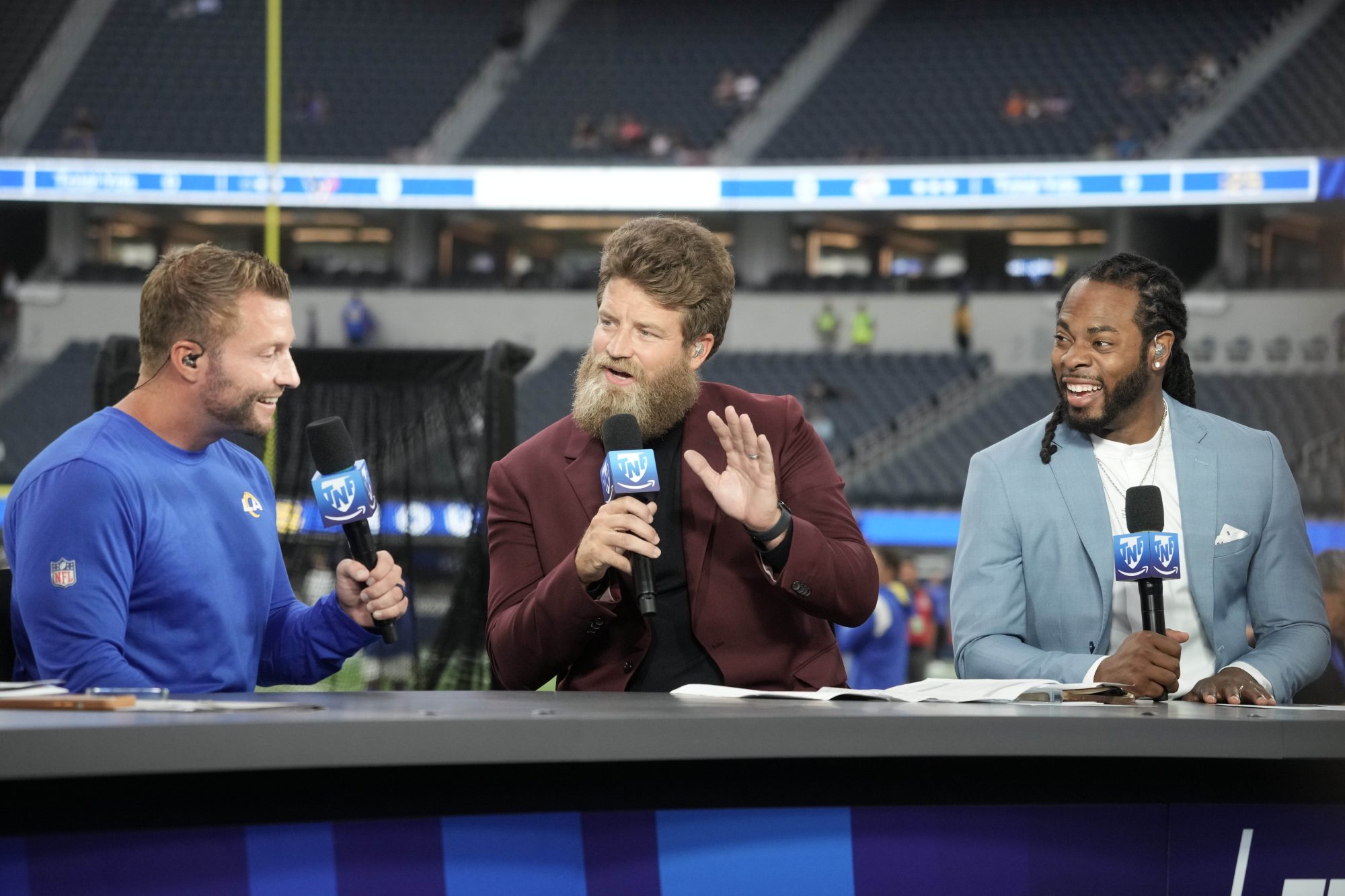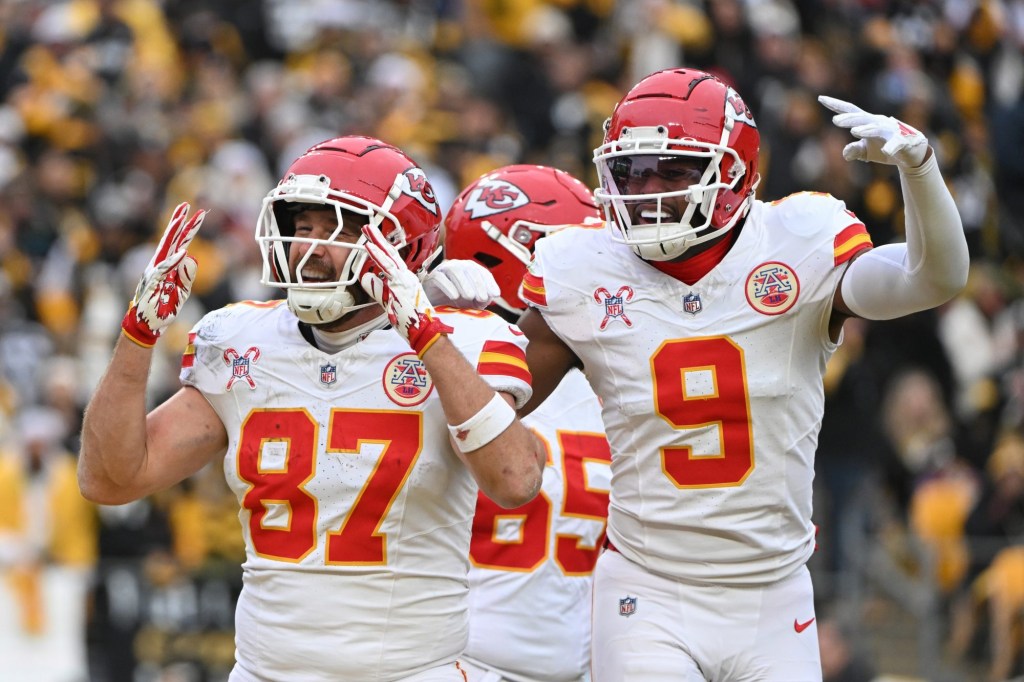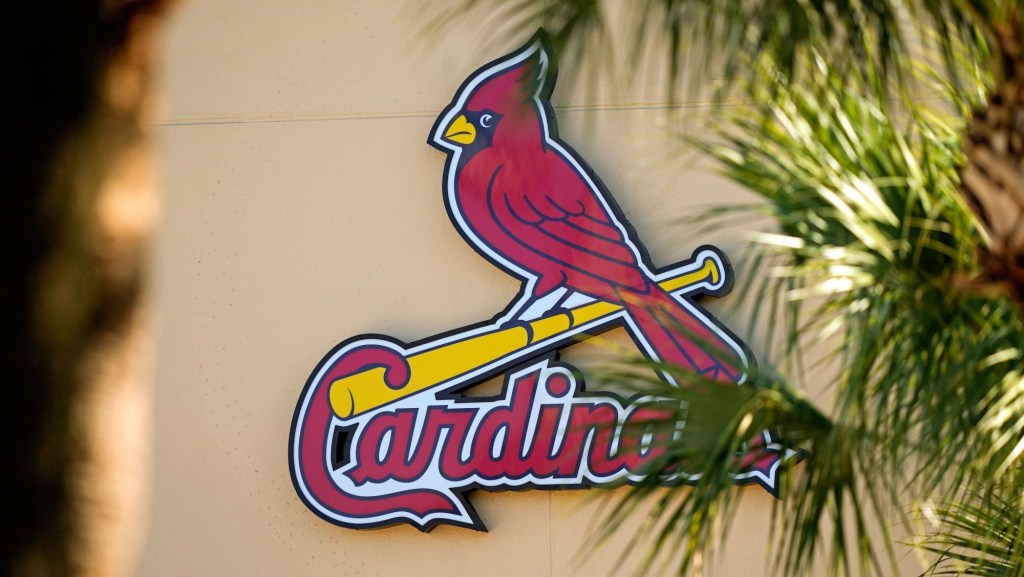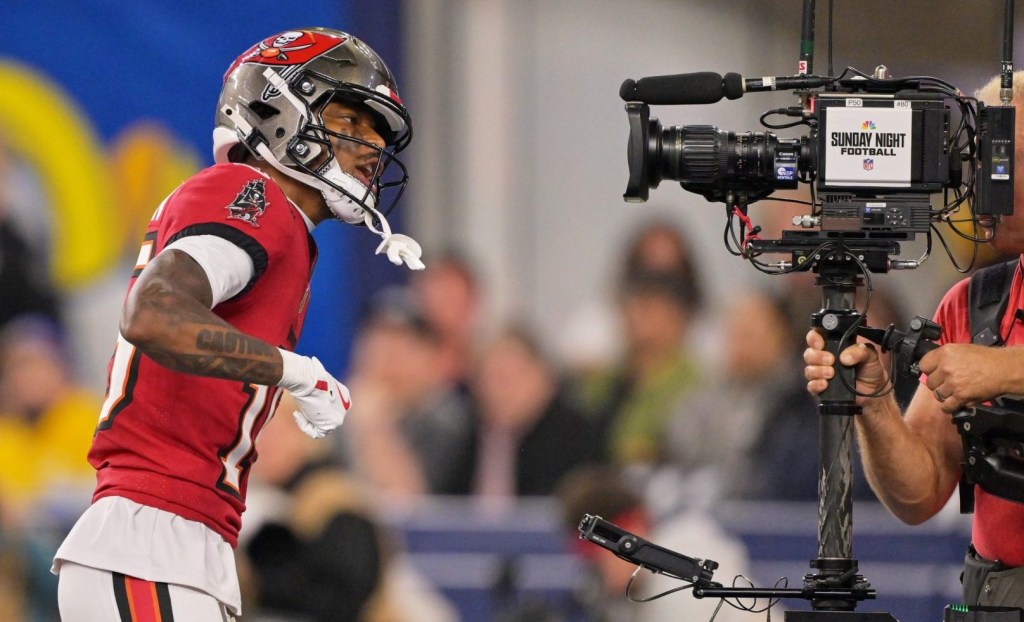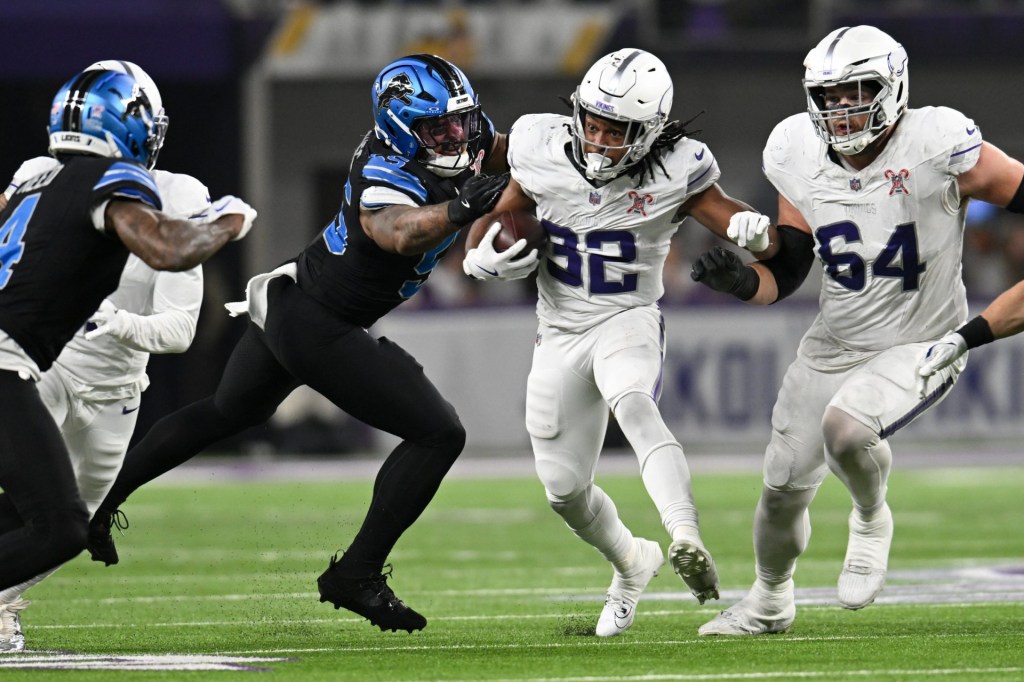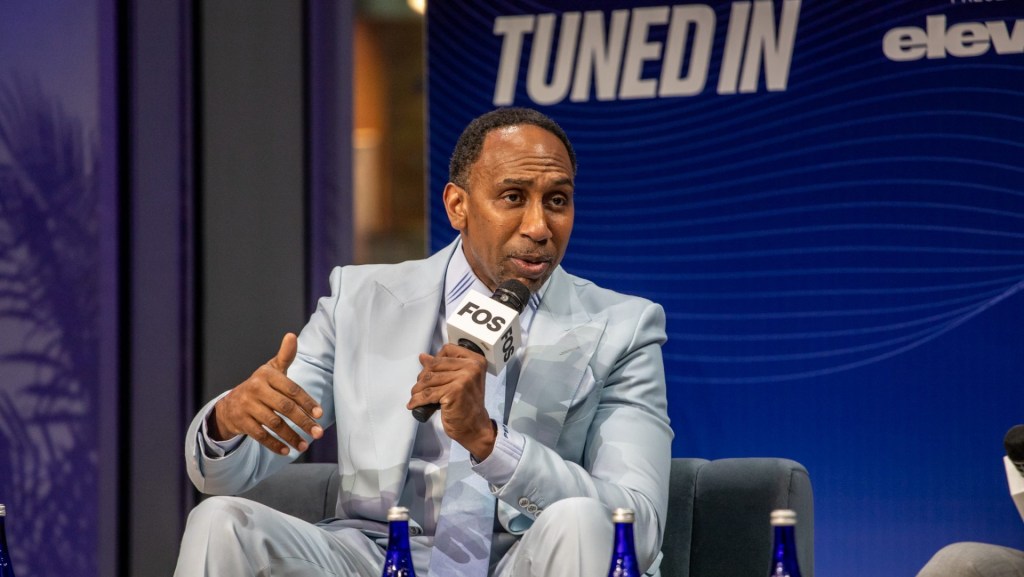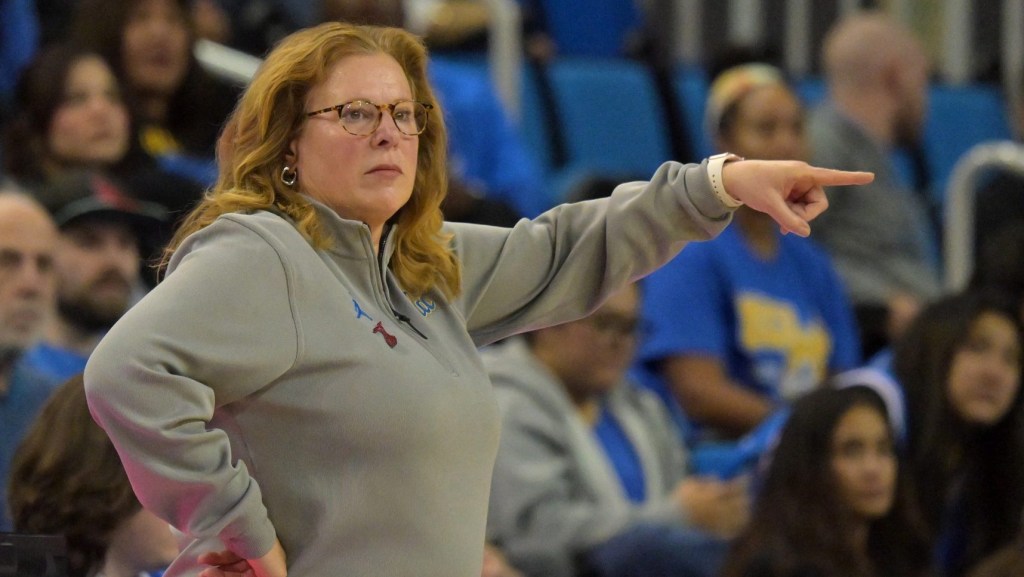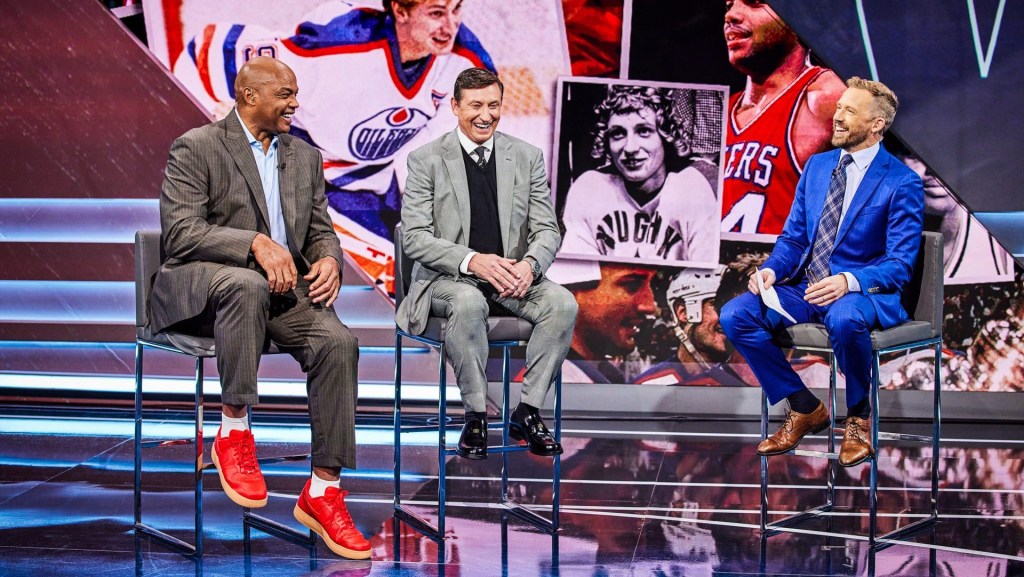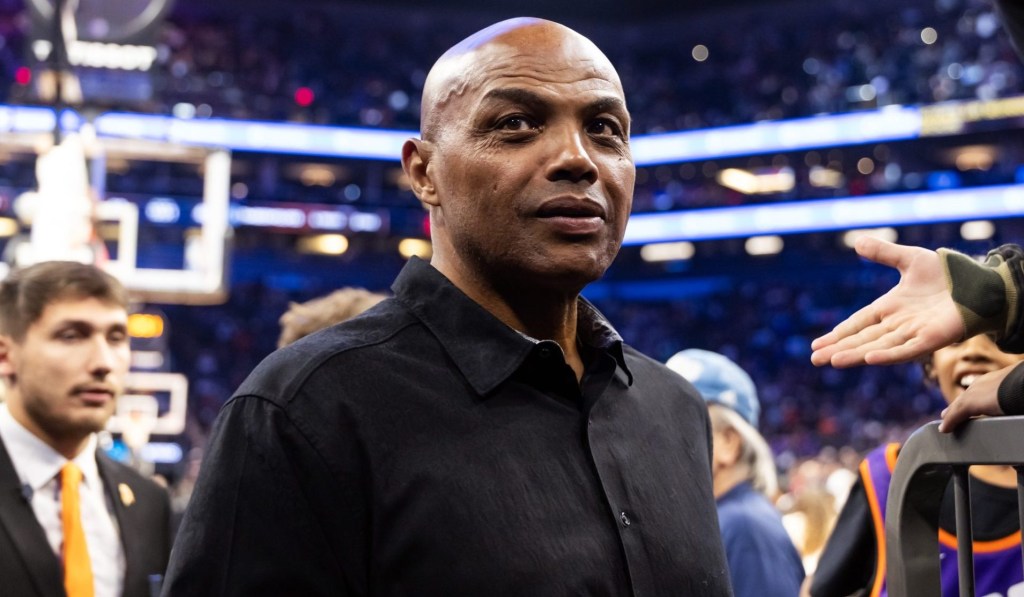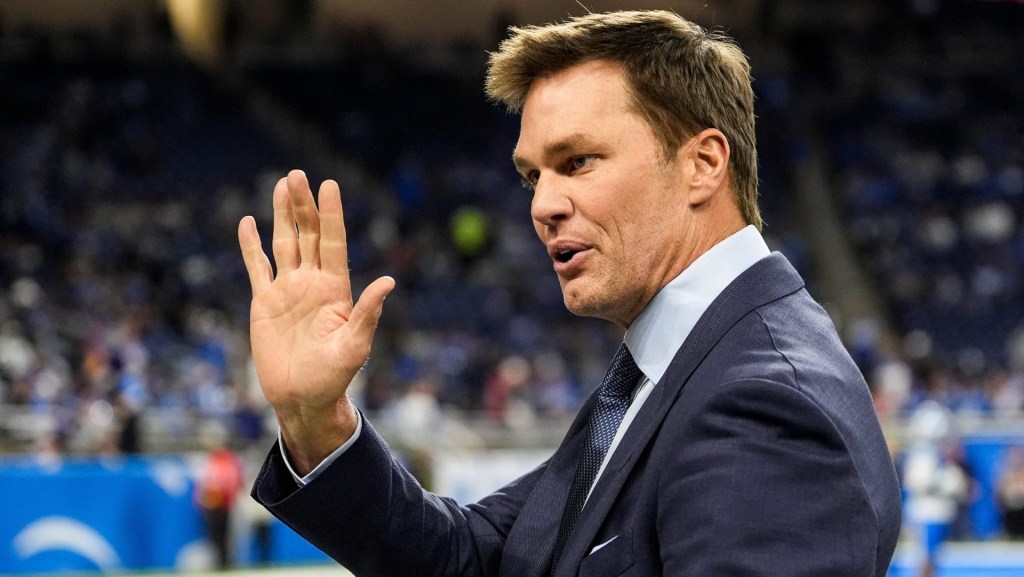A long-expected tipping point has finally arrived for the media landscape, one that will significantly affect the business of sports.
Usage of traditional TV — broadcast and linear pay television — in the U.S. fell below 50% of all TV consumption for the first time in July, according to Nielsen data. Streaming services, conversely, reached an all-time-high 38.7% share of TV use last month, while other uses such as video-on-demand, audio streaming, and DVD playback amounted to 11.6%.
Recent statistics illustrate an evolving trend, characterized by ongoing shifts in pay-TV subscribers and evident in significant sports rights deals like MLS’ pact with Apple. Even the NFL moved “Thursday Night Football” from Fox to Amazon as streaming surpassed cable usage last year.
But while these numbers show a growing shift from consumers, the business models to support that activity haven’t kept up.
One need only look to the bankrupt Diamond Sports Group, a Pac-12 conference in tatters, or the staunchly pro-linear Fox Corp. to see how streaming revenue still hasn’t come close to the reach of its traditional counterpart.
“Even with this move to streaming, everybody is still figuring out the business model,” Chris Russo, CEO of sports advisory firm Fifth Generation Sports, told Front Office Sports. “The jury is still out on what the optimal model is, because we’re really still in the middle of the changeover.”
The next several months will provide a key litmus test for the durability of the streaming-first trend: Nielsen expects a sharp increase in broadcast and cable TV usage with the return of college and pro football.
